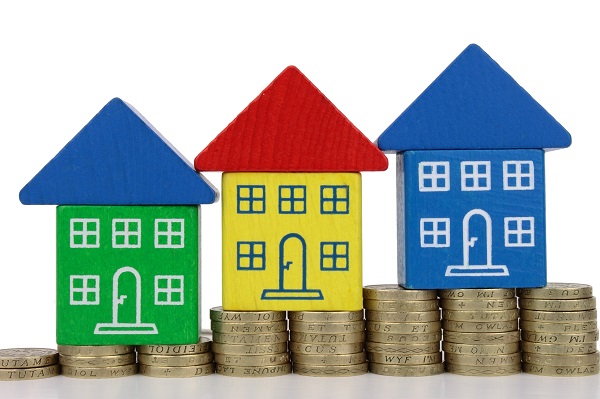House prices are now expected to rise by 6 per cent in 2015, which is double the originally forecast 3-per cent increase, according to the latest figures from the Royal Institution of Chartered Surveyors (RICS). The highest price increase, now seen at 11 per cent for the whole year, will be in Northern Ireland. Nearly two in […]
House prices are now expected to rise by 6 per cent in 2015, which is double the originally forecast 3-per cent increase, according to the latest figures from the Royal Institution of Chartered Surveyors (RICS).
 The highest price increase, now seen at 11 per cent for the whole year, will be in Northern Ireland.
The highest price increase, now seen at 11 per cent for the whole year, will be in Northern Ireland.
Nearly two in five (37 per cent) RICS members are expecting further house price growth in the next three months and more than three-quarters (76 per cent) are projecting prices to rise next year.
The forecast acceleration in property inflation is largely based on the gap between demand and supply, which is only expected to widen in the future.
The RICS UK Residential Market Survey hit a 15-month high in August with 53 per cent more members reporting price rises and inflation being seen across all areas of the UK.
New buyer enquiries increased for a fifth month in succession, with 22 per cent of RICS members reporting a rise in demand, led by significant improvements in the West Midlands, Wales and the North West.
New instructions, however, remained subdued as they have been since the middle of 2013, which keeps average stock levels at record lows.
Commenting on the findings, RICS chief economist, Simon Rubinsohn, said:
“Given current market conditions, the latest data unsurprisingly shows house prices continuing to rise, and at an accelerating pace. As such, house price inflation has now quickened in each of the last seven months following a sustained period of easing towards the latter half of 2014.
This trend looks like it will continue into next year, however uncomfortable that may be for those looking to enter the market; so many of our members are telling us that they are struggling to replace the stock they have sold.”
Andy Sommerville, director of searches specialist Search Acumen, commented:
“Agreed sales are chugging away according to the latest RICS data, but speculation around property price hikes is a reminder of the stark gap between pent-up buyer demand and availability of housing stock.
“House prices are showing no signs of abating, and the glaring supply shortage desperately needs to be addressed. The reported rise in tenant demand over and above landlord instructions shows the private rental sector is also suffering a squeeze on capacity. The government’s promise of more brownfield development and extra homes is a step in the right direction, but the pledge to deliver 275,000 extra houses by 2020 won’t come close to closing the gap.
“For now, rising prices have not dampened interest or buyer enquiries, which means conveyancers can expect fierce competition in the market for the remainder of the year. It looks like being a busy end to the year, so it’s vital that business systems and processes are set up to deliver a quality service offering that exceeds expectations.”














